“Agony”
Continually fascinated by the potential of the human figure, Mexico-based artist David Álvarez (previously) illustrates richly textured scenes with a dose of fantasy and surrealism: a bird’s perch transfixes a character who’s sprouted a branch nose, a man writhes on the ground as he grows from a gnarled stump, and a Cheshire cat lifts a blanket to unveil a moon hidden beneath. Underlying many of his works is “the expressive force and the gesture of the human body,” Álvarez tells Colossal, themes that are rendered through highlights and dense markings in graphite that add intrigue and mystery to the monochromatic depictions.

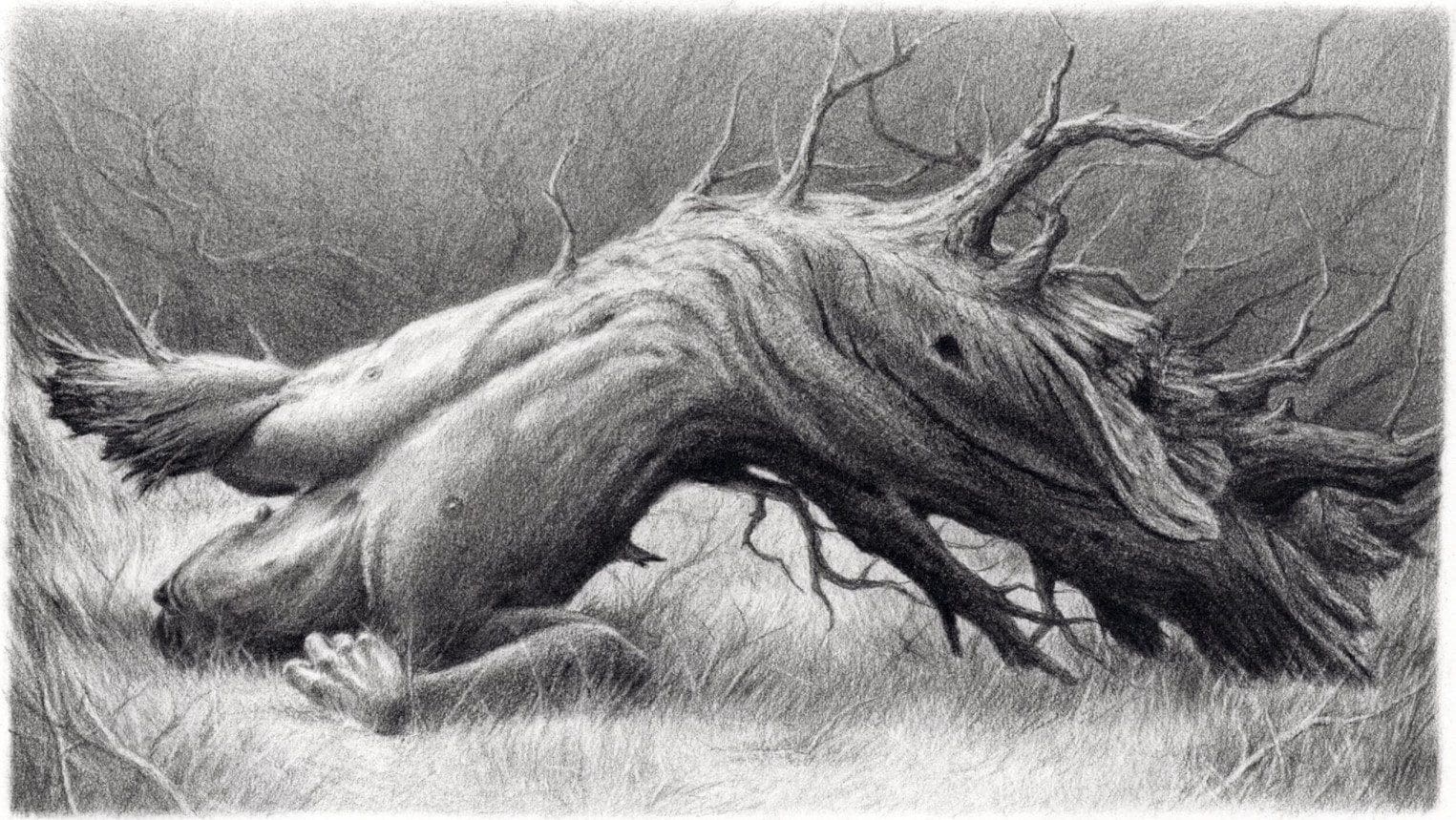

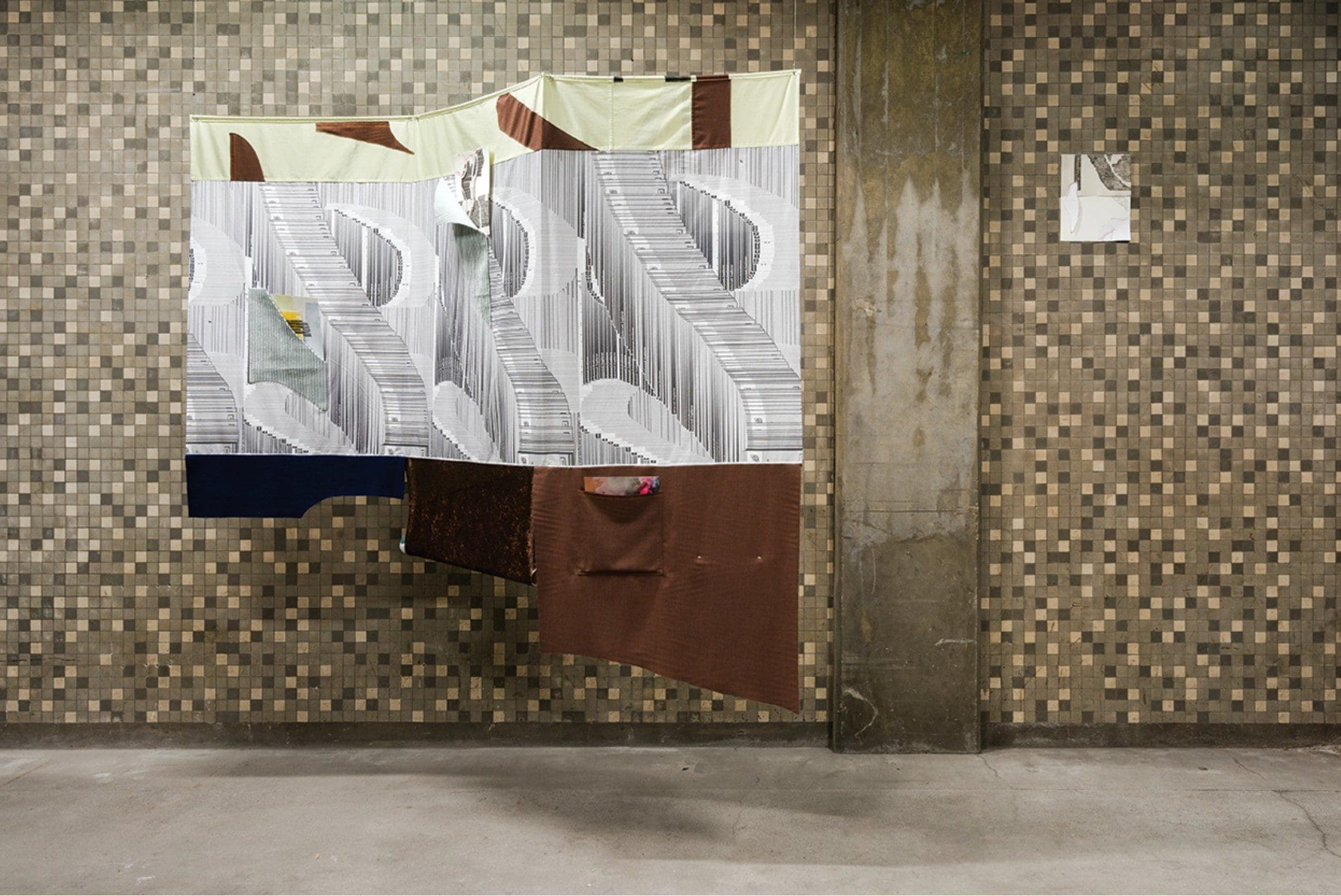


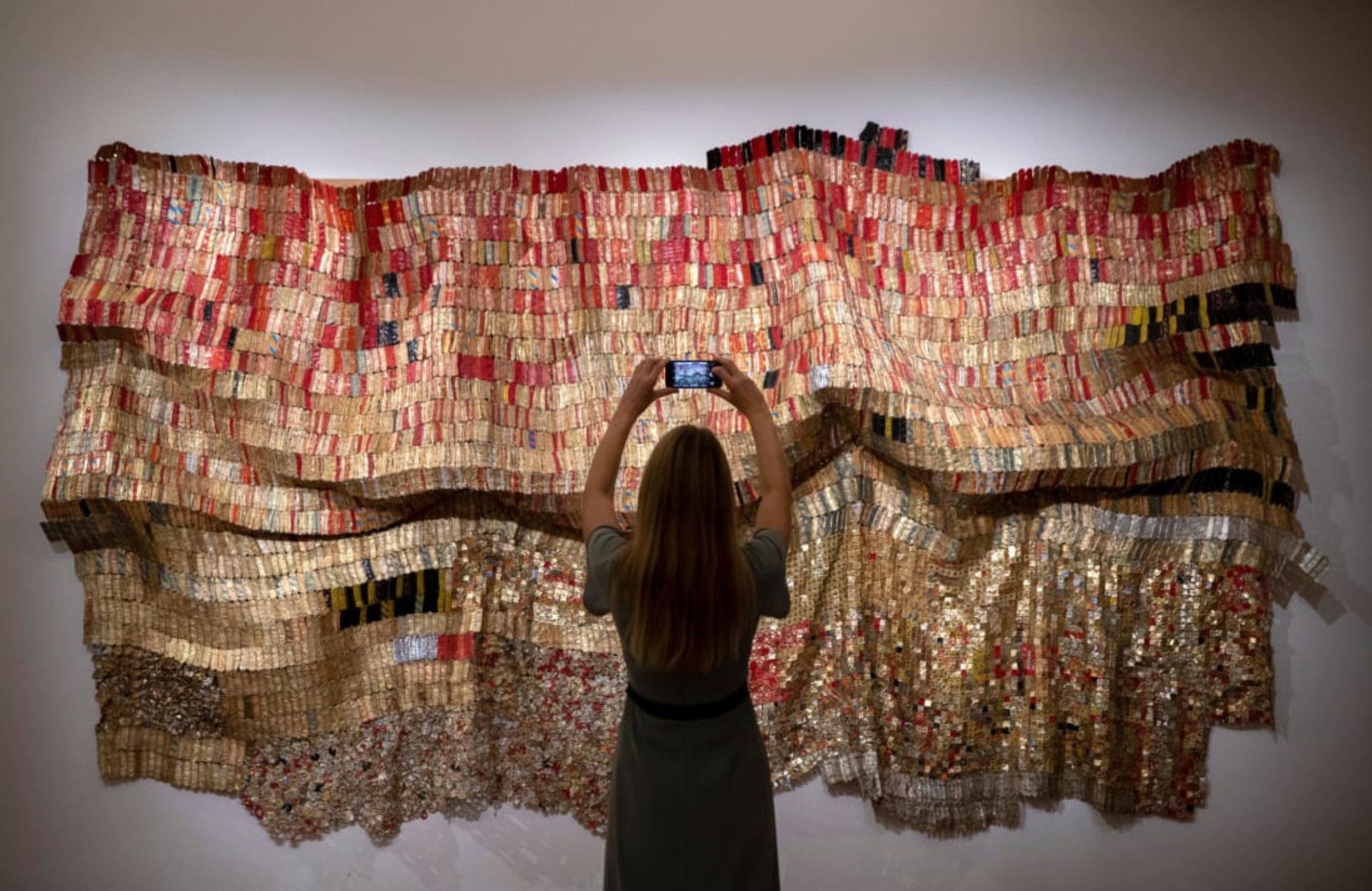
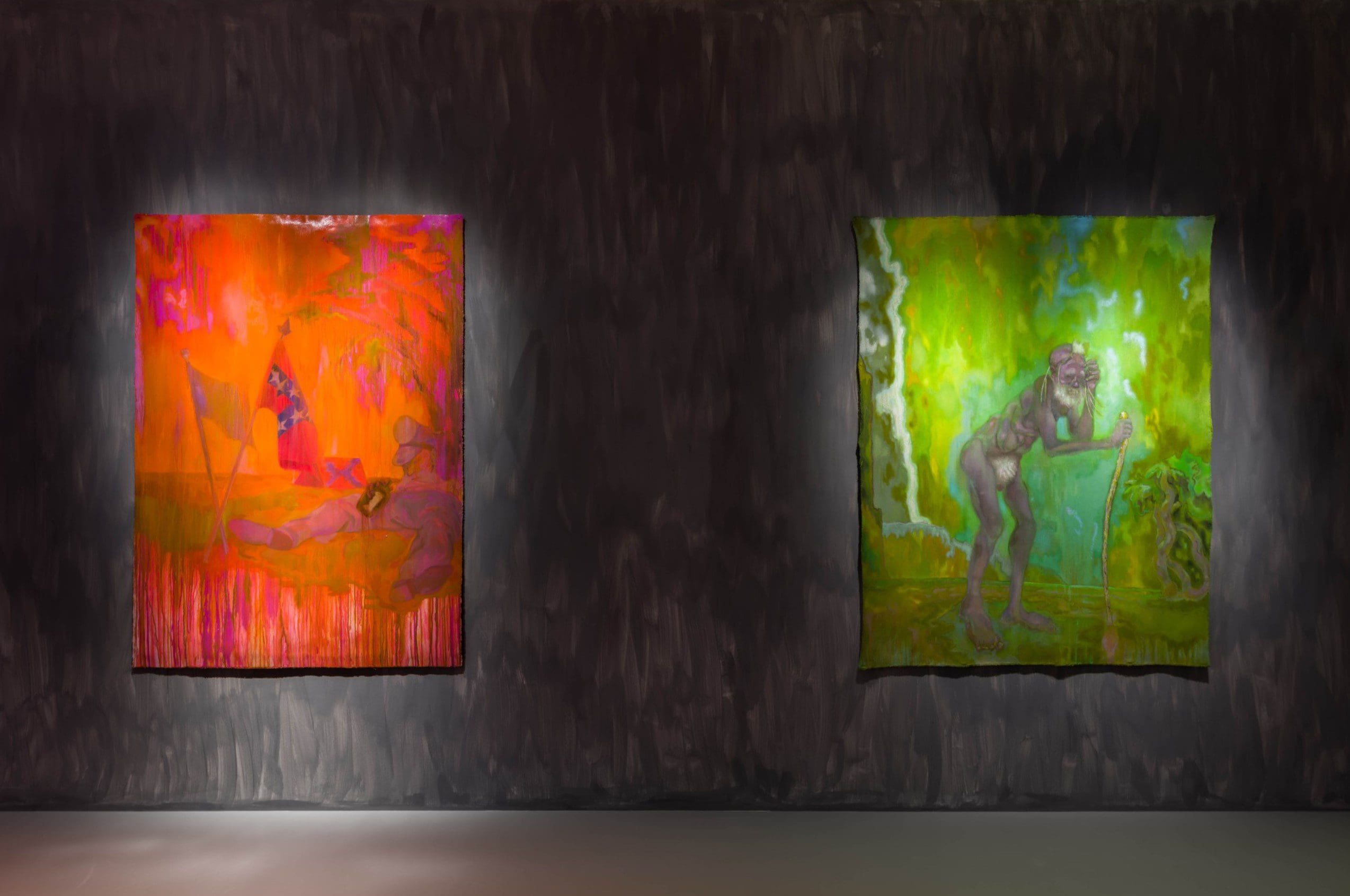

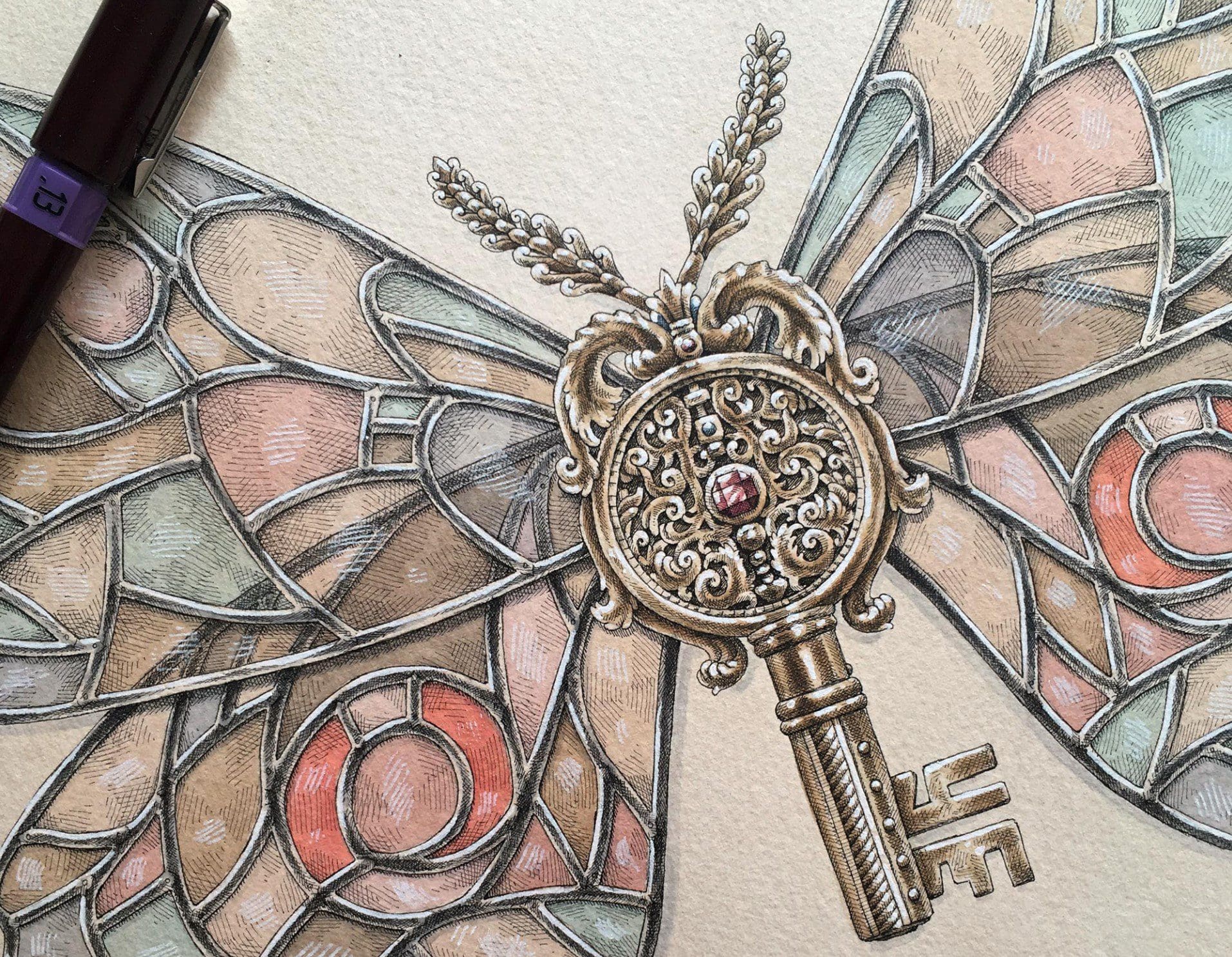
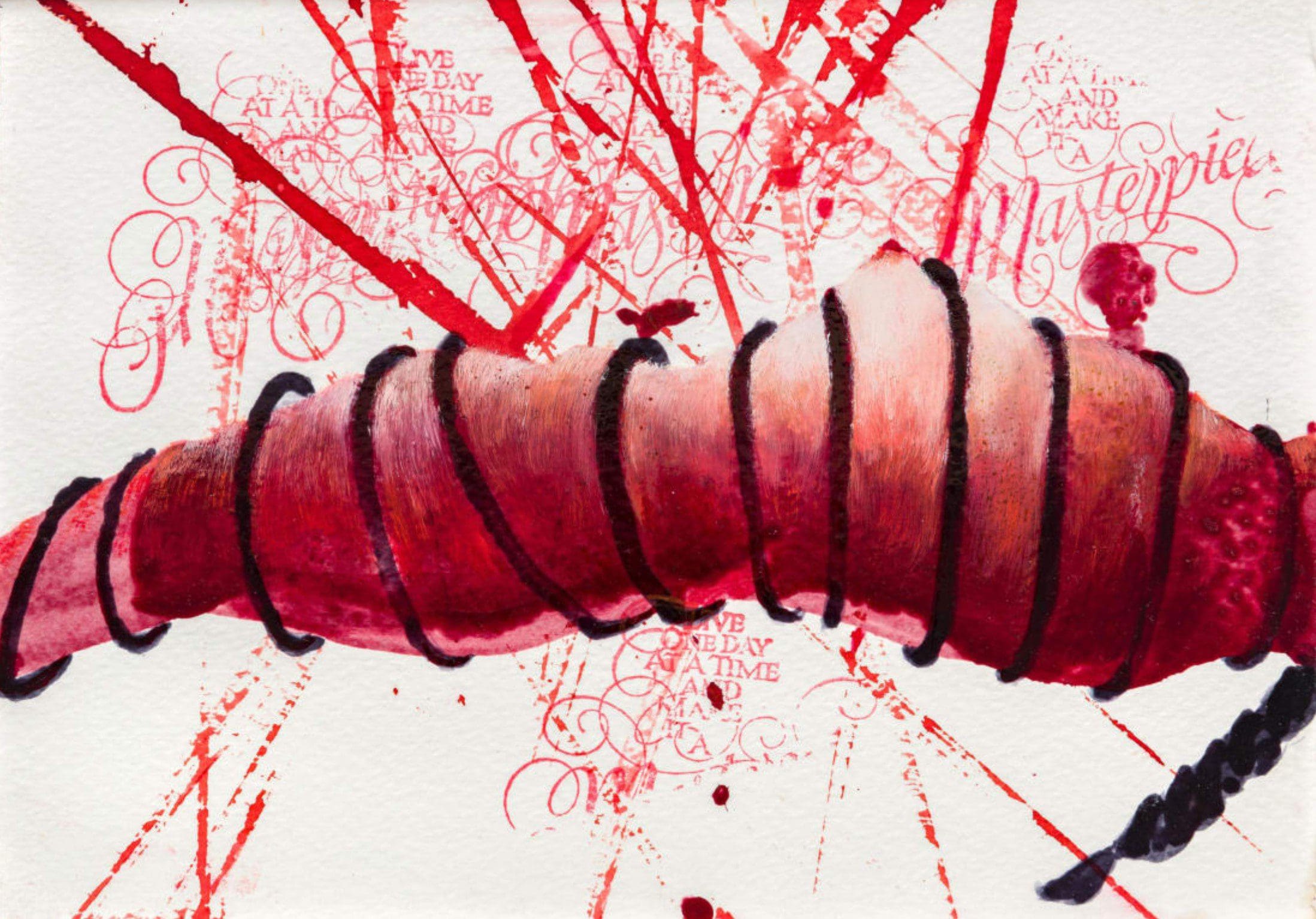
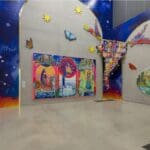



![Artist Shares Secrets of How To Draw Incredibly Realistic Portraits [Interview]](https://artistvenu.studio/wp-content/uploads/2023/12/Screenshot_242-150x150.jpg)
